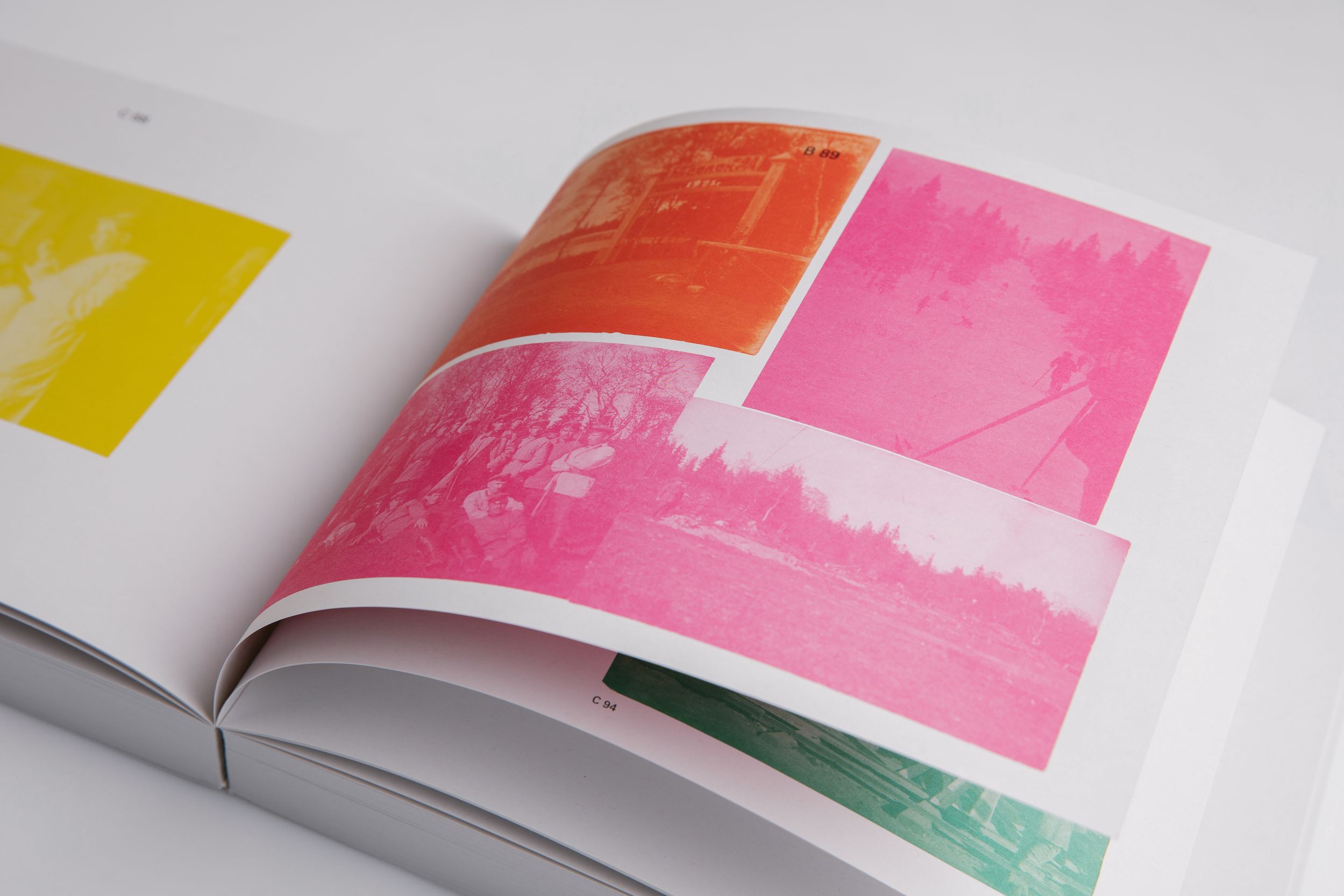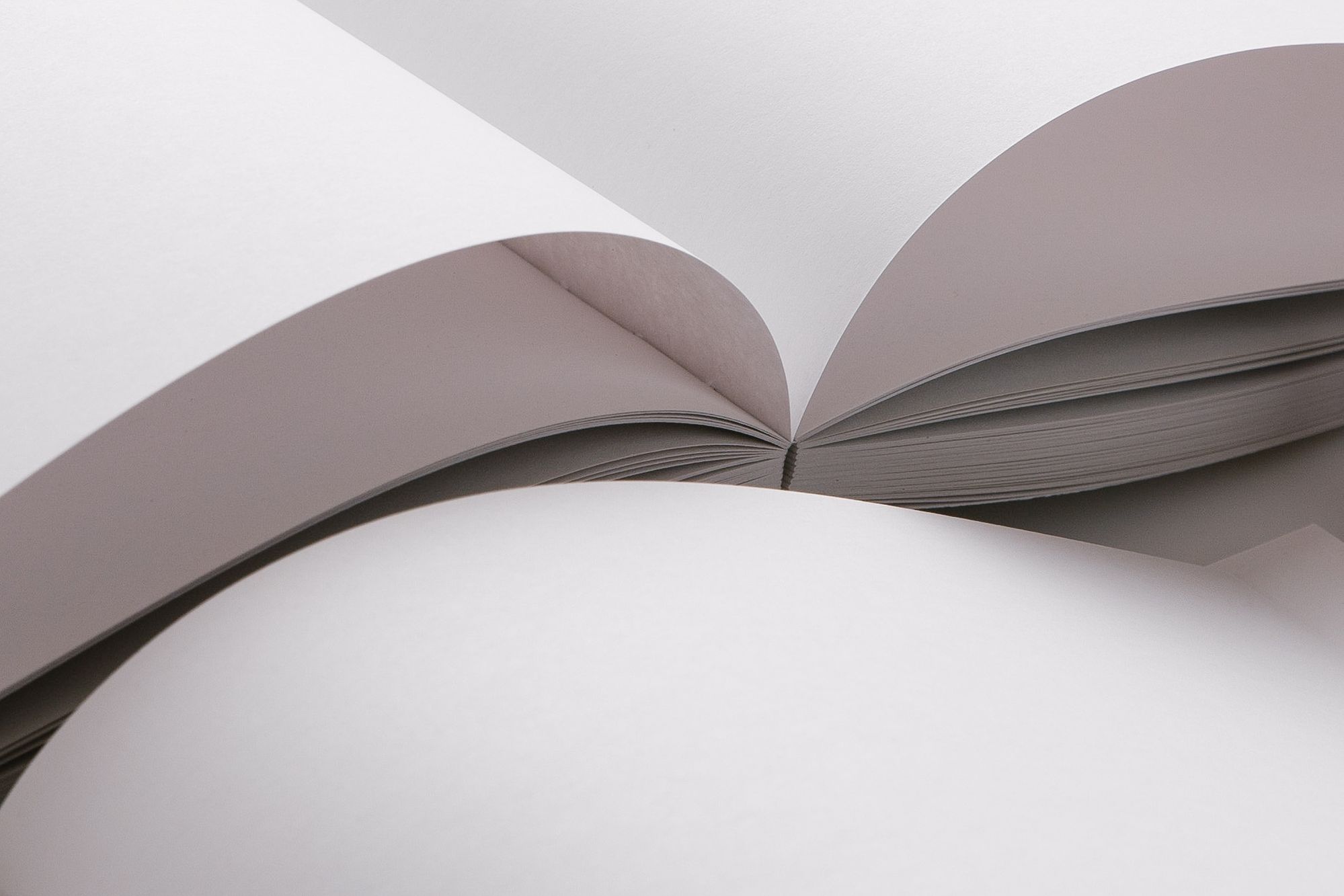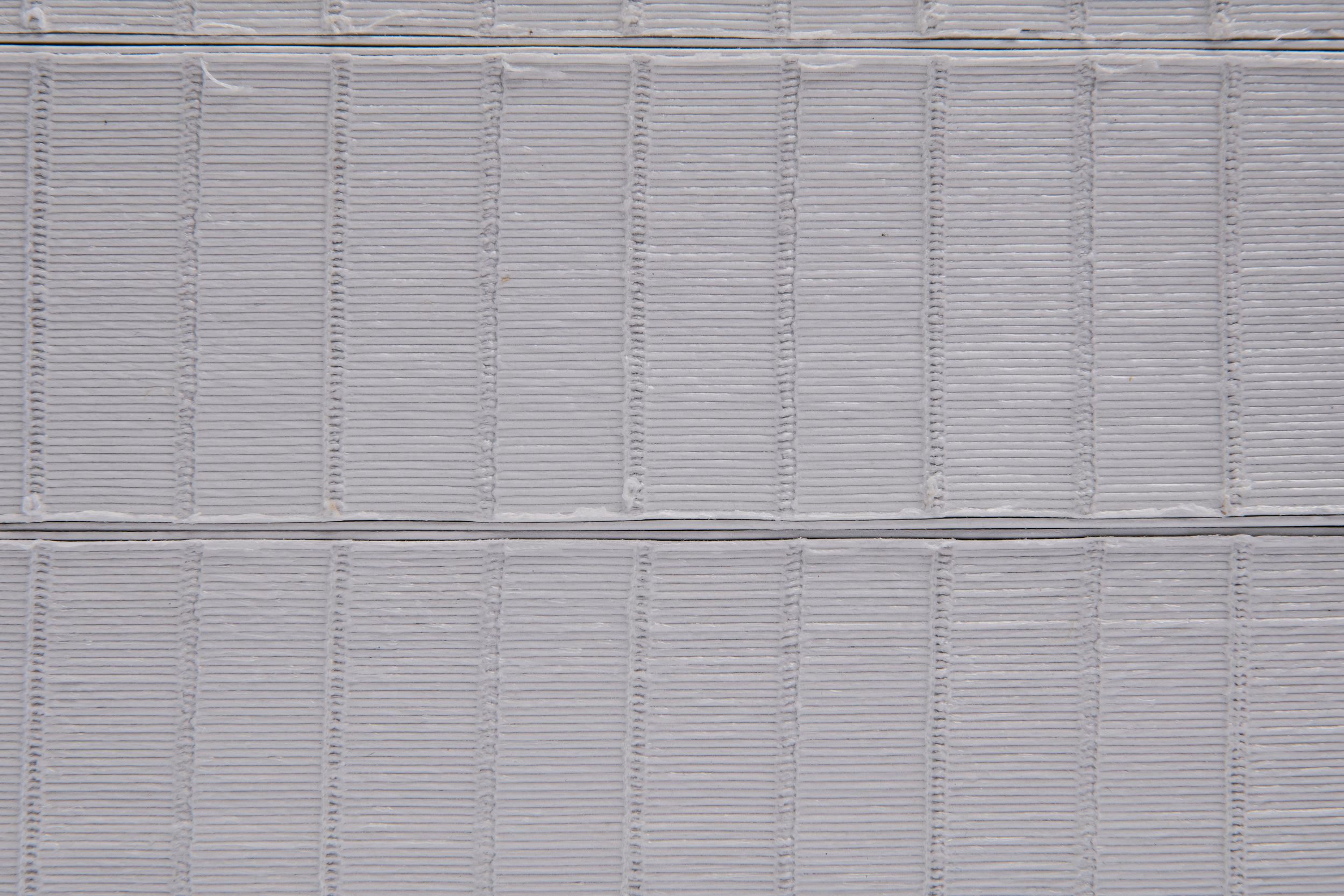Mikhail Tolmachev.
White Sea Colours
An attempt by the artist Mikhail Tolmachev to take a critical look at reality in circumvention of pre-existing narratives—through a combination of three photo albums from the special purpose camp on the Solovetsky Islands.
In White Sea Colours, Mikhail Tolmachev explores three photo albums depicting life at the Solovetsky Islands special camp in the 1920s and 1930s. The first album was presented to the politician Sergei Kirov, the second to the writer Maxim Gorky, the third found its way from a family archive to the Moscow GULAG History Museum.





All photos: Ruslan Shavaleev
Mikhail Tolmachev (b. 1983) is a visual artist who works with sound installations, video, photography, and art interventions. His work explores the ever-changing status of documentary evidence and the mediated production of truth and reality.
Tolmachev sees these collections of images as three different stories, albeit told through, sometimes, repetitive shots. In order to address the images contained within these albums, the artist draws on a study of the relationship between family photo albums and the oral storytelling genre by the historian of photography Martha Langford. Just as family albums capture key moments of life and create its ideal portrait, selections of photographs from the Solovetsky Islands normalise forced labour and camp life.
Photographs are inextricable from the circumstances of their creation, and these circumstances, in turn, exert an influence on how photographs are perceived. The social and cultural contexts of the photographs contained in the Solovetsky albums should not be left without detailed exploration. Researching and popularising these images might enhance the work of collective memory.
– Mikhail Tolmachev, excerpt from “White Sea Colours”
Together with the designer Benjamin Buchegger, Tolmachev seeks to free the photo albums from the linear narratives embedded within them by reworking them visually. Though the images in White Sea Colours might seem to be arranged chaotically, their order is in fact subject to a clear internal logic determined by their arrangement on the printing sheets. In addition, the photos from each collection correspond to one another according to the CMYK colour model used in professional printing. As a result, some subjects come through more clearly, while others remain subtle, revealing and criticising the mechanics of the narrative construction.
This artist’s book includes three articles: “White Sea Colours” by Mikhail Tolmachev, “The Redeemed Night (The number of pages doubles with every fold)” by Benjamin Buchegger, and “The Solovetsky Albums, ” prepared by the staff of the GULAG History Museum.
White Sea Colours was published in partnership with the Moscow GULAG History Museum.
Concept
Benjamin Buchegger
Mikhail Tolmachev
Translators
Ben Hooson
Ksenia Krimer
Ben McGarr
Miriam Stoney
Editors
Charlotte Neve
Olga Stebleva
Design and layout
Beton.studio